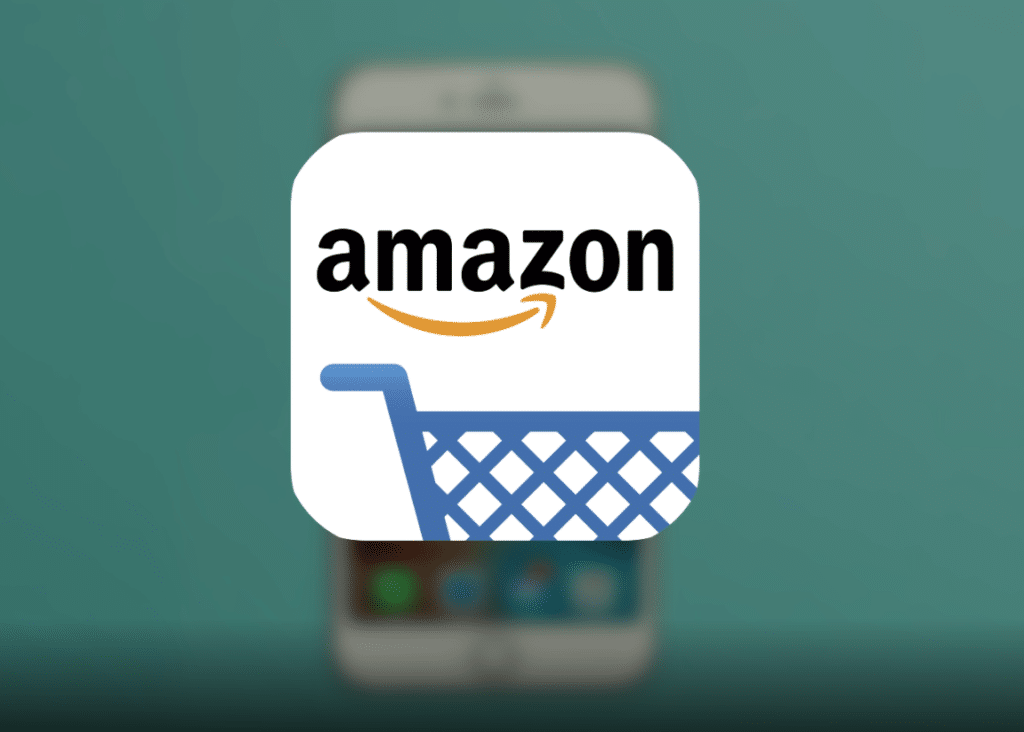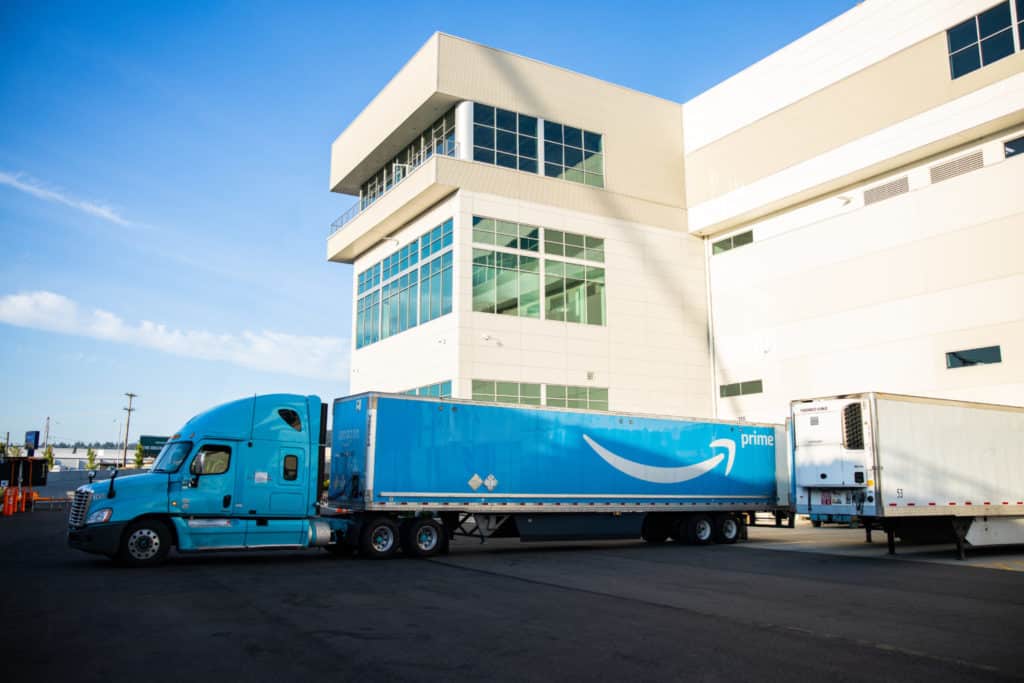
Amazon Priority Catalogue and Supplier Pack Hierarchy
By Cleveland Admin
Our most recent eCommerce research report overs Amazon’s new Priority Catalog beta (aka “brand lock” or “catalog lock”). The catalogue is a part of an effort to minimize the ability of 3P sellers to disrupt product page content and create unruly variations. The program effectively “locks” the brand owner’s catalog and content so that non-brand owners and unqualified sellers cannot create new ASINs or variations under the brand and therefore can’t alter the brand-registered content. The content lock has also been effective for brands struggling with content changes driven by Amazon’s Automated Title Service (ATS) and our research suggests most brands access the program through their SAS resource.

Amazon to Buy Stakes in Supplier Companies at Below Market Value:
Amazon appears to be leveraging its size and clout in recent dealings to acquire shares of its suppliers’ companies in order to secure vendor deals. Given these warranties are future-dated, and a large partnership with Amazon can potentially lead to business growth (and a higher stock price), Amazon could be getting a hefty discount if the warrants are exercised. Amazon has done this in the past with several publicly traded companies like SpartanNash and Kohl’s. Our Amazon eCommerce research reports show that Amazon has also done this more than 75 times with privately held companies. We have also seen Amazon engage in similar deals through its “Amazon’s Accelerator” private label program, where they essentially outsource brand building to manufacturers with an option to purchase the brand in the future.

Brands are beginning to prepare for Amazon’s Supplier Pack Hierarchy (SPH):
Supplier Pack Hierarchy (SPH) is a new program Amazon that is rolling out with the goal of building a pack-aware supply chain that can handle any type of product packaging from the unit, to a pallet with zero defects. If Amazon used the UPC merchant code from a vendor, it would remove having multiple ASINs per item. As the data suggests in our ecommerce research report, many brands are still early on in the process and haven’t even be approached by Amazon about the program; only 22% of brands are actively working to launch this program, but Amazon has communicated it hopes to have vendors onboarded by 2022.

